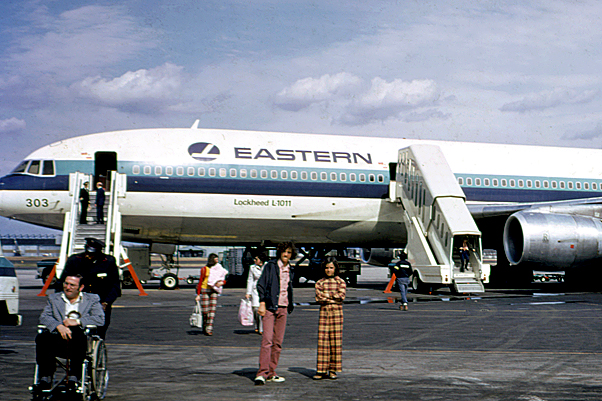
An Eastern Air Lines L1011 – Photo: Wiki Commons
This story was written by David J Williams on NYCAviation.com
Student pilots are taught very early on to recognize that when an airplane approaches its minimum flying speed, the airflow over the wing will begin to separate or break down, creating turbulence over the tail. The degradation of lift and the associated turbulence over the tail causes the airplane to buffet and alert the pilot to a deteriorating and dangerous situation. The recovery is rather basic ’“ lower the nose some, apply full power to the engine and let the airplane fly out of it. As it accelerates, the buffeting will end and the aircraft will safely regain both flight and controllability.
In the 1930’s, military and large civilian airplanes were being equipped with supercharged and turbocharged engines. These engines enabled to the planes to fly higher and faster than airplanes with normal engines. However, these ’œboosted’ engines required a pilot with a delicate hand on the throttles. Whereas a normally aspirated engine could run at full throttle continuously without much more than some added wear, the supercharged and turbocharged engines would run beyond the normal power limits creating excessive heat which, in minutes, would damage the engine. Only when the situation was critical could a competent pilot consider ’œfirewalling’ the throttles by pushing them to the stops and exceeding the manufacturers’ limits.
When the turbojet airliners appeared in the late 1950’s, engine heat became an even more critical issue. Firewalling these engines would result in immediate engine damage from the heat, while only providing a small gain from accelerating the engine past takeoff power. This is because the supersonic exhaust stream beyond the takeoff limit ’œchokes’ in the tailpipe and the additional thrust is lost, becoming marginal at best.
Continue reading The Disaster That Wasn’t: Saving Eastern Air Lines Flight 902 on NYCAviation.com
Comments are closed here.